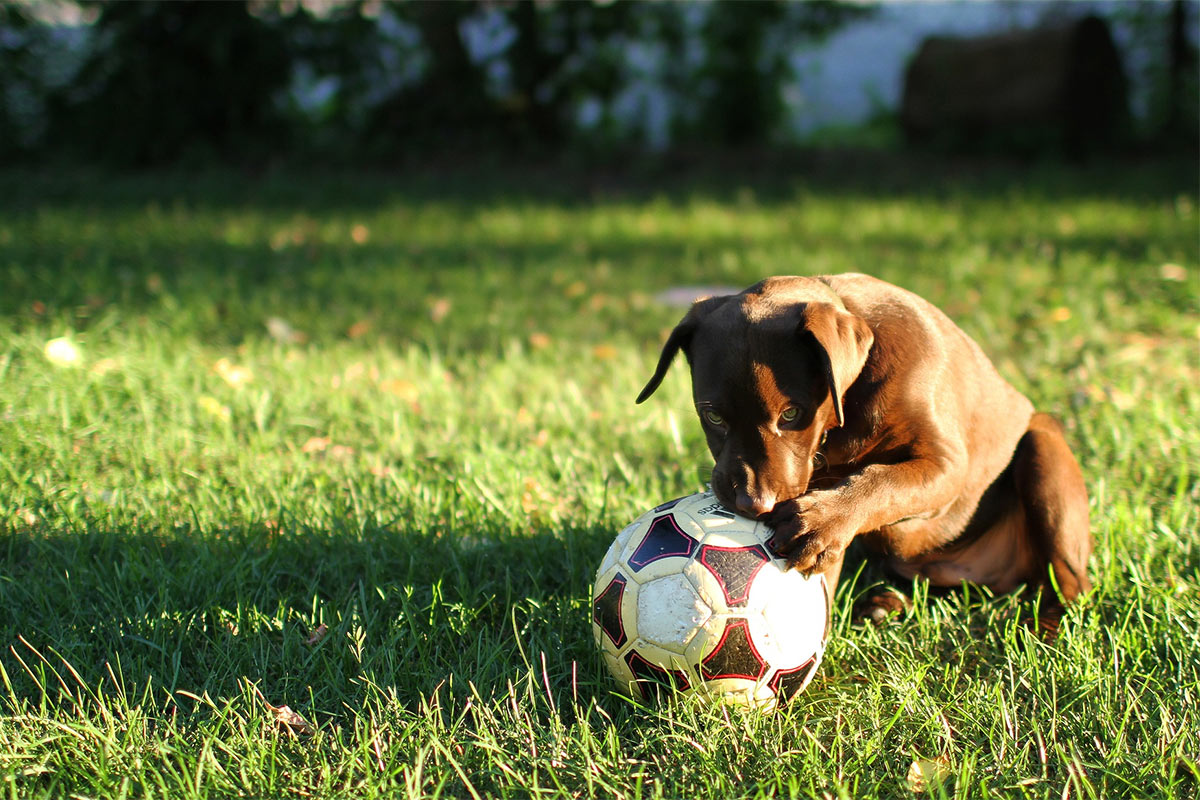Planting a colourful, sweet-smelling garden isn’t only enjoyable for ourselves, but for our pets, too. Unfortunately, cats and dogs explore the world using their nose and tongue; so, if something smells nice, many pets will try to eat it.
Fortunately, while some plants and flowers are toxic to cats and dogs, it is possible to plant an attractive garden without putting pets at risk.
Toxic plants and symptoms of poisoning
Sadly, there are probably more plants, flowers and vines which are poisonous to cats and dogs than which are not. The full list is extensive, although pet food specialists, James Wellbeloved, have detailed the most common UK plants and flowers that pet owners should avoid planting in their gardens.
Whether it is the flower, the bulb or the root which is toxic, some plants are more poisonous than others. For example, hyacinths, daisies and amaryllises are only toxic to cats and dogs if consumed in high quantities. Similarly, while all parts of cyclamen are poisonous to pets, the root is especially lethal.
Other common UK garden plants which are toxic to our pets include:
- Tulips
- Daffodils
- Oleander
- Delphinium
- Foxglove
- Chrysanthemum
- Hydrangea
- Azaleas
- Ivy
- Lilies
Poisoned pets normally start showing symptoms within a few hours, although some toxins act much faster. More obvious indications include vomiting, diarrhoea, tremors, fever and/or difficulty breathing, swallowing and eating. However, milder symptoms, like lethargy, high heart rate and dry mouth should be treated urgently, too.
Safe ornamental plants and flowers
While the list of plants which are toxic for pets is long, there are still plenty available which are perfectly safe and can still allow for a colourful and creative garden.
Snapdragon
These old-fashioned cottage garden plants come in a range of colours and are easy to grow provided they get plenty of sunlight.
Aster
Asters, aka Michaelmas Daisies, are low-effort plants to grow which can be purple, white, blue, red and pink, and all have a bright yellow centre which attract butterflies and bees.
Gloriosa Daisy
Also known as the Black-Eyed Susan, the Gloriosa Daisy is a striking addition to any garden, while being just as safe for your pets as its common relative, the Sunflower.
Lavender
As delightful to smell (and as calming) for cats and dogs as it is for humans, lavender is perfect for any garden with lots of sun and dry soil.
Pineapple Sage
The colourful bulbs don’t only look great, but smell great, too, attracting birds and insects. Your pets will enjoy a good rummage, and you can even add the plant to meals and drinks for extra flavour.
Other pet-friendly ornamental plants include:
- Creeping Rosemary
- Polka Dot Plant
- Impatiens
- Petunias
- Hibiscus
- Magnolia
Safe edible plants
More Brits are growing their own food, which is wonderful. Unfortunately, some plants are dangerous to grow if you have pets. For instance, potato leaves are toxic to dogs, and an unripe tomato is poisonous for most pets.
Fortunately, there are safe alternatives, including:
- Carrots
- Lettuce
- Radishes
- Raspberries
- Spinach
- Zucchini
If your cat or dog is inclined towards eating nice-smelling plants, there is little you can do to stop them. However, having a beautiful garden and being a pet owner need not be mutually exclusive. With a little awareness and some planning, you can grow a garden to proud of and is safe for your pet to explore.


